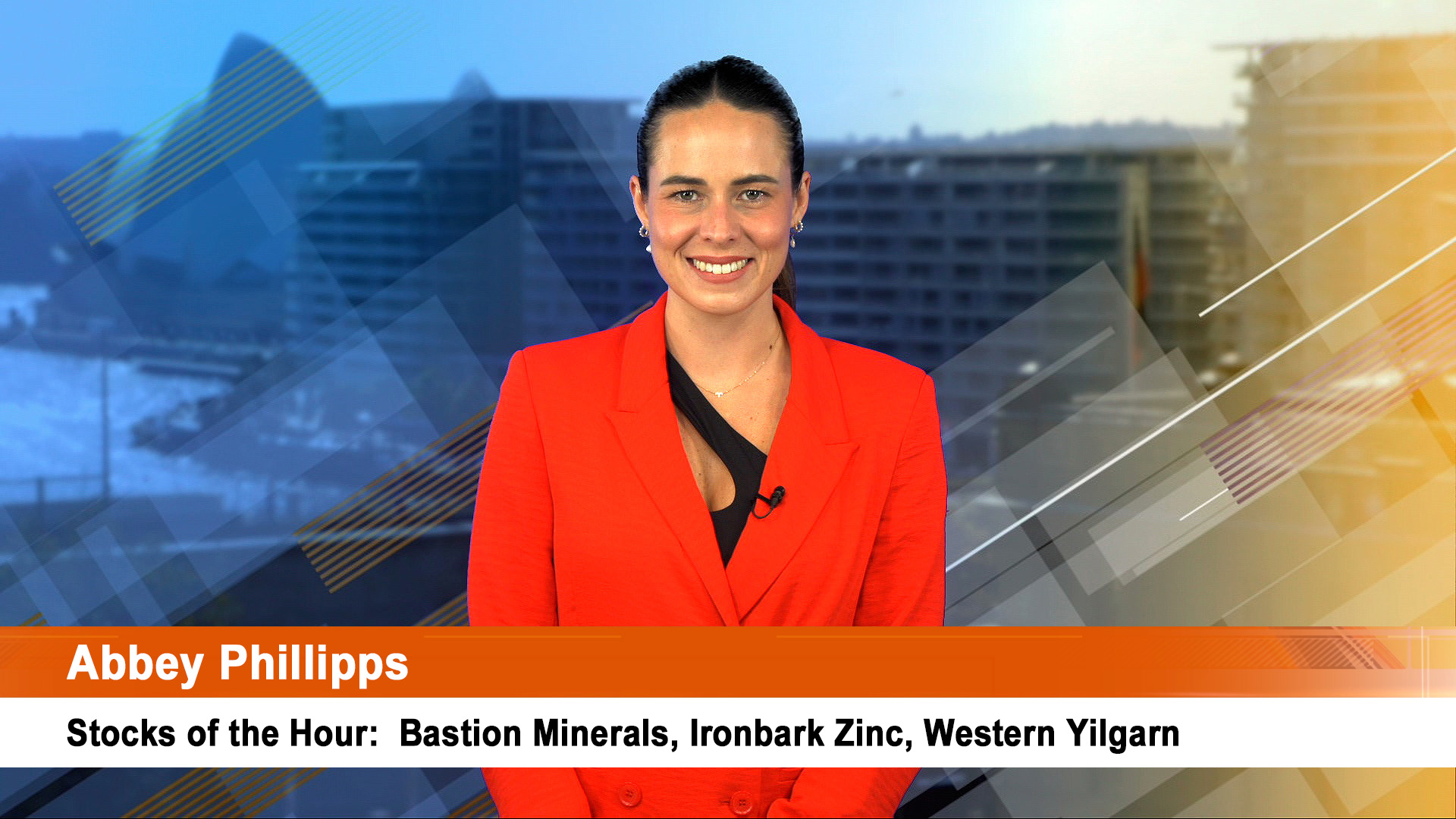The 4.1% jump in the ASX 200 last week was an out of the blue performance for the local markets, and fascinating for that because it left some analysts wondering whether a bottom had been reached in the latest sell-off.
Last week’s gain pulled the ASX 200 into the green for the month so far – by just on 1%, a fair achievement given the gloom and doom from many quarters about valuations and the outlook for banks, miners and retailers in particular.
The bounce came despite the rise in the value of the Aussie dollar (a ’no-no so far as many investors are now concerned), falling commodity prices, especially iron ore, copper, oil and gas, and the terror threats in Europe.
Bank stocks also recovered their poise as investors of all sizes rediscovered them and plunged back in.
The AMP’s chief economist, Dr Shane Oliver says that “With Australian shares offering a 5% plus dividend yield it seems that “yield chasing/bargain hunters” may have returned to the market again.”
“We continue to see the ASX 200 rising to around 5500 by year end, he wrote on the weekend (The ASX 200 ended on 5,305.50 on Friday at the close).
All market sectors rose over the week, with the hard-pressed mining stocks rising and leaving the materials sector higher by Friday.
The energy sector was the surprise performer last week, jumping 6.6% despite oil remaining near three-month lows. The continuing supply glut has cut prices by 13% since the start of November, and yet last week’s gains ignored that and another weak week for oil.
Woodside rose 5.4% over the week to end on $30, even battered Santos rebounded 4.3% to $4.14 and Oil Search added 6.1% to $8.20.
But the biggest (and most surprising) winner in the sector was Origin, which leapt 16% to $5.48, thanks mostly to reports of more asset sales coming from the company and cost cuts.
The big banks all gained for the week: ANZ was up 5.4% to $27.74, Commonwealth Bank shares were also up 5.4% to $79.83, the National Australia Bank jumped 6% to $29.96 and Westpac brought up the rear with a 4.4% rise to $31.86.
Those rises came after weeks of selling through the normally strong reporting season in October and early this month.
Investors favourite, Telstra also had a strong week, adding 5.2% to $5.41.
Even BHP saw a small turnaround in investor sentiment with solid gains on Thursday and Friday wiping out losses earlier in the week.
BHP had its Australian annual meeting where the future of the dividend and the Brazilian mining dam disaster took centre stage.
But it closed up 1.3% to $20.50, but fellow miner Rio Tinto slipped 0.1% to $48.61.
Myer saw a solid rebound thanks to good sales news at the annual meeting on Friday – the shares rose 4.6% on the day and leapt 9.6% over the week to close at $1.03.
Troubled retail leader, Woolies,managed a small gain Friday and a 2.5% rise over the week.
Kathmandu, another retailer in trouble with new management, also reported solid sales gains on Friday and jumped 4% on the day, to $1.53. The shares were also up 4% for the week.
And JB Hi shares rose on Friday and jumped more than 7% for the week, closing at $18.62. And Dick Smith shares rose just over 1% on Friday, but closed steady over the week on 73 cents, which is something of an achievement given its underperformance in recent months.
But medical centre and diagnostics group Primary Health Care shares fell 7.5% on Friday and 7% for the week to a three-year low of $3.33, after a profit warning and moaning about proposed Medicare changes by the Federal Government.
The healthcare sector could see more warnings (and health insurance) is the government’s changes are as sweeping as some reports suggest.
And a point to remember, while offshore markets have mostly recovered and topped their pre GFC highs, and rebounded strongly from their 2009 lows, the Aussie market remains around 25% under its previous peaks.
But economists from ComSec point out that “given the significance of dividends, total returns on the Australian market hit record highs in late April 2015, and are now up by 117 per cent from the 2009 lows.”













